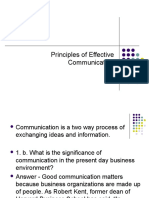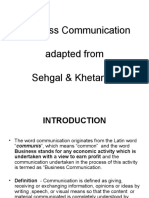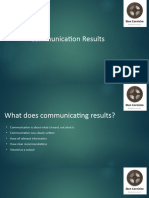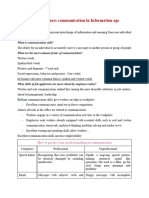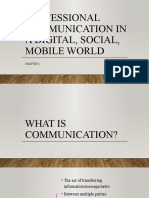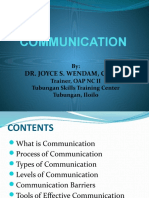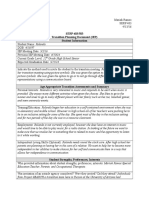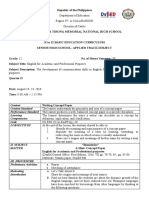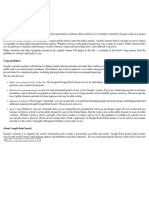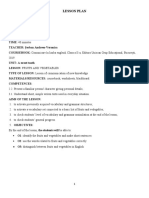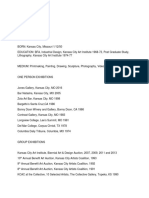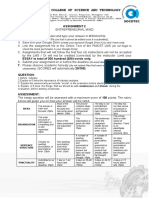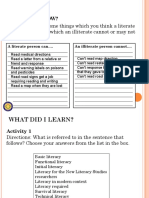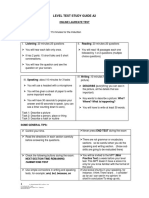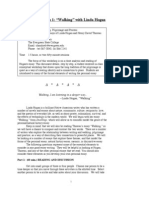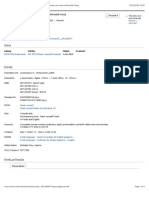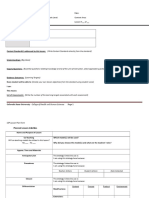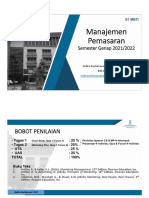0% found this document useful (0 votes)
27 views32 pagesLecture 1 - Introduction EGL113
The course EGL113 aims to enhance business communication skills through understanding various types of communication, improving listening, speaking, and writing abilities, and developing practical communication plans. It covers essential concepts such as the communication process, barriers to effective communication, and the impact of new technologies. Key components of effective communication include audience awareness, clear presentation structure, and the importance of both verbal and non-verbal cues.
Uploaded by
Ahsan Fazal QureshiCopyright
© © All Rights Reserved
We take content rights seriously. If you suspect this is your content, claim it here.
Available Formats
Download as PPTX, PDF, TXT or read online on Scribd
0% found this document useful (0 votes)
27 views32 pagesLecture 1 - Introduction EGL113
The course EGL113 aims to enhance business communication skills through understanding various types of communication, improving listening, speaking, and writing abilities, and developing practical communication plans. It covers essential concepts such as the communication process, barriers to effective communication, and the impact of new technologies. Key components of effective communication include audience awareness, clear presentation structure, and the importance of both verbal and non-verbal cues.
Uploaded by
Ahsan Fazal QureshiCopyright
© © All Rights Reserved
We take content rights seriously. If you suspect this is your content, claim it here.
Available Formats
Download as PPTX, PDF, TXT or read online on Scribd
/ 32











